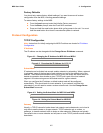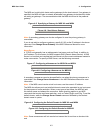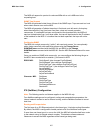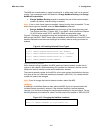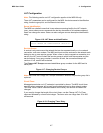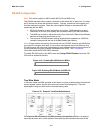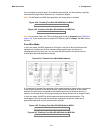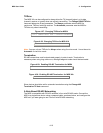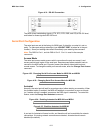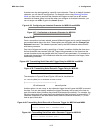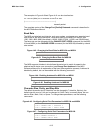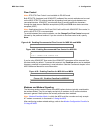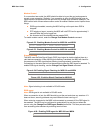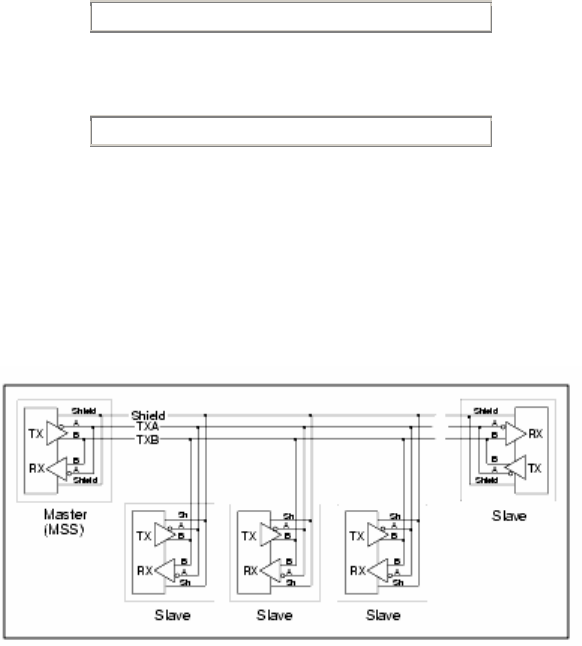
MSS User Guide 4: Configuration
4-8
RS-485 Configuration
Note: This section applies to MSS models MSS-VIA and MSS4 only.
The RS-485 standard allows a serial connection to be shared like a "party line." As many
as 32 devices can share the multidrop network. Typically, one device is the master and
the other devices are slaves. There are a few important things to note about RS-485
networking with the MSS.
MSS-VIA allows for a serial connection on one port. MSS4 allows for a serial
connection on all four ports; specify the port when entering RS-485 commands.
The MSS can be used in either two-wire or four-wire mode. Refer to the following
sections to determine which mode to use.
The maximum RS-485 network cabling length (without repeaters) is 4,000 feet.
Lantronix recommends the use of shielded twisted-pair cabling.
Note: A large number and variety of protocols run over RS-485. However, the MSS does
not convert or interpret serial data. It only moves data between serial and Ethernet. Any
RS-485 protocol will have to be implemented by host software either on the end device or
running internally using the Software Development Kit (SDK) . See 7:Pinouts for
information about the RS-485 DB25 connector.
To enable RS-485 mode on the MSS, enter the Change RS485 Enabled command. RS-
232 mode is enabled by default.
Figure 4-19: Enabling RS-485 Mode for MSS4
Local> CHANGE RS485 PORT 2 ENABLED
Figure 4-20. Enabling RS-485 Mode for MSS-VIA
Local> CHANGE RS485 ENABLED
Two-Wire Mode
In two-wire mode, the MSS operates in half duplex: one pair of wires shares transmit and
receive signals, and an optional third wire can be used for shield/ground. The main
advantage of using two-wire mode is reduced cabling costs.
Figure 4-21: Example Two-Wire Mode Network
On a two-wire RS-485 network, the MSS must turn its transmitter on when it is ready to
send data and then off a certain period of time after the data has been sent so that the





